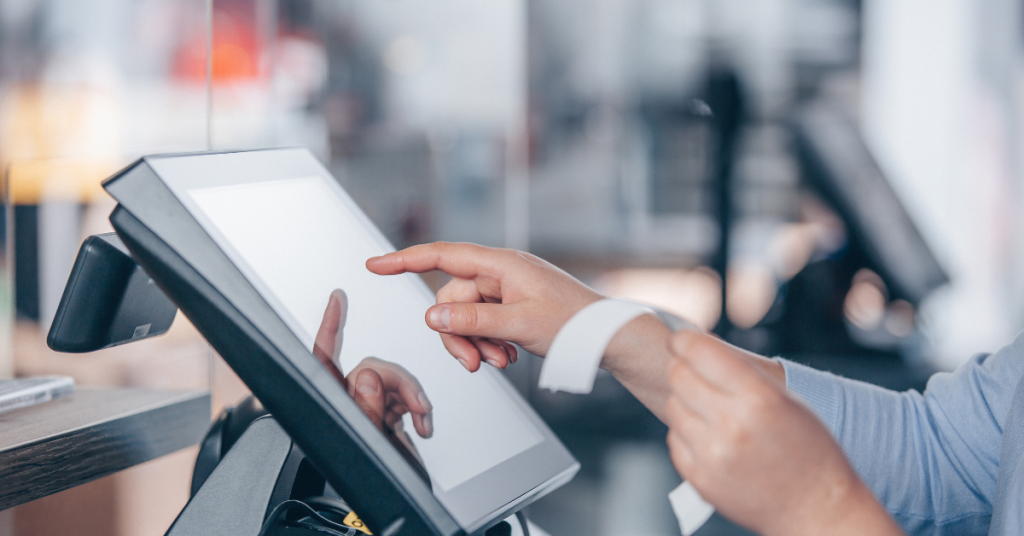What a Point of Sale System Does
A point of sale system is the place where payments happen. It’s the system that records each sale, calculates totals, and often controls stock levels too. Whether someone runs a small shop or a bigger store, this system plays a big part in keeping the business running smoothly. It saves time, reduces mistakes, and gives a clear record of sales.

Many businesses today are moving away from old tills and now use modern POS systems. These come in different sizes and setups, depending on what the store sells and how it operates.
Different Setups for Different Needs
Retail stores, restaurants, and service providers all have different ways of working. A clothing store may need stock tracking with barcode scanning, while a restaurant might prefer a touchscreen that allows quick order entries. The system can be adjusted to suit what each business needs most.
A POS point of sale system is often made up of a screen, a printer, a scanner, and a card reader. Some setups also work with mobile devices or tablets. This helps when sales need to happen away from the counter or when someone runs a small stall at events.
Why Accuracy Matters
Every item sold needs to be counted properly. Even small errors in pricing or quantity can affect profits. A proper POS machine helps avoid these issues by making sure that totals, stock levels, and discounts are applied correctly.
Staff also get used to the system quickly. It becomes second nature to ring up items, scan codes, or search products by name. This speeds up the checkout process and helps keep queues short, which is good for business.
Stock and Reporting Made Simple
A big advantage of using these systems is how they track stock levels. When something sells, the system can automatically lower the amount in storage. If items are running low, alerts can be sent so owners know what to order. This cuts down on waste and helps with planning.
Reports are another helpful feature. Owners can see what sells most, what times are busy, and even which staff made the most sales. These reports make it easier to plan staff shifts, promotions, and budgets.
Easier Payment Options
Customers like having different payment choices. A modern system can accept cards, phone payments, or cash. Some even allow gift cards or store credit. This means no one is turned away because of limited payment options.
The receipt function can also be adjusted. Some shops send receipts by email, while others print them out. Customers get what they prefer, and the business saves on paper if needed.
Training and Day-to-Day Use
One concern some business owners have is teaching staff how to use a new system. The good news is that most point of sale setups are built to be easy to use. Buttons are clear, instructions are simple, and screens are made for quick actions. Many also have help guides built in, so new staff can learn without needing long lessons.
On a busy day, speed matters. A good POS machine lets staff work fast, process sales without error, and handle returns if needed.
Examples of Use in Daily Work
A coffee shop might use a small tablet system with preset drink buttons. A shoe store could use one with full stock control and barcode readers. A salon might need customer booking features along with payment options. All of these are possible through the right setup.
Mobile setups are also growing. People who sell at markets or pop-up shops need fast payment systems without large counters. A light, mobile POS system that connects to Wi-Fi or mobile data solves this problem.
Planning for Growth
As a business grows, its system should grow too. Extra devices, better reporting tools, or added users might be needed. It’s helpful to choose a setup that can change over time. A business that begins small should not be stuck when it needs more from its tools later.
Backup and support are just as important. If there’s ever an issue, it’s good to have help nearby or online. Some setups offer remote help that can sort out issues fast.